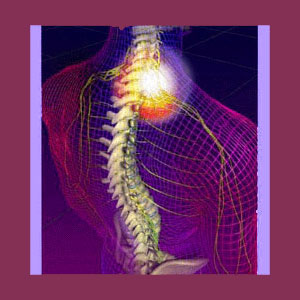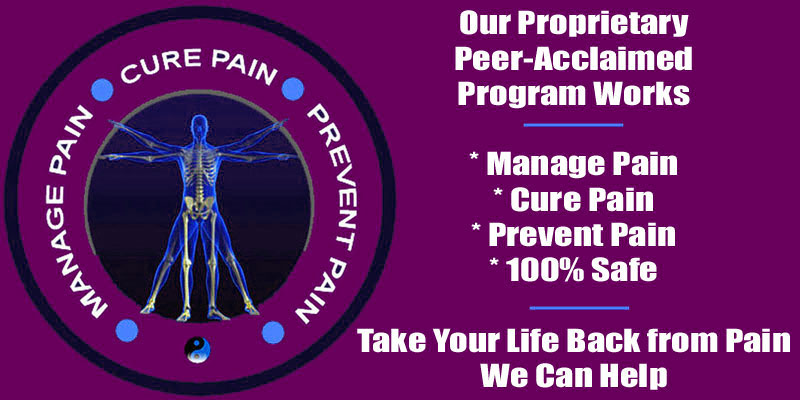
Scoliosis neck pain might be the result of pathological cervical, cervicothoracic or cervicothoracolumbar spinal curvature. However, most side-to-side spinal curves are not problematic or painful to any significant degree, even when they create obvious visual proof of their existence. Only curvatures that negatively impact the mechanical functionality, neurological viability or structural integrity of the vertebral column have the potential to be truly symptomatic.
Neck pain is a very common problem in the general population. It is also rather common among scoliosis sufferers, but not specifically linked to their atypical spinal curves. In essence, in many instances, scoliosis is an incidental factor when evaluating neck pain. Only in a minority of cases will scoliosis be a causative or contributory factor to chronic cervical pain conditions.
This discussion focuses on scoliosis-motivated neck pain issues. We will detail how scoliosis can create neck pain and also explore why most cases of scoliosis are not a contributing factor, even when neck pain is indeed present.
Scoliosis Neck Pain Expressions
Neck pain in association with scoliosis can take many forms, depending on the causative mechanism creating the discomfort. We have observed all of the following expressions in the cervical spine as a direct result of atypical side-to-side scoliotic curvatures:
Acute and chronic presentations are both possible. In some cases, pain is a transient circumstance of activity, while in others the discomfort is chronic or recurrent. Pain might be patterned or unpredictable in its presentation.
Pain might be related to movement, such as rotation, flexion or extension of the cervical spine, as well as lateral movement. Pain might also occur in certain postures or positions, such as when standing, sitting or reclining.
Pain might be located on the spine or off to either or both sides of the spine. Symptoms might range from the base of the skull all the way to the juncture of the thoracic spine at C7/T1. Radiating pain might be present or static pain in just certain defined regions of the neck.
Pain might only be part of the symptomatic picture, with tingling, numbness and weakness also being possible in certain patient profiles. Less commonly, patients might report burning sensations, grinding noises or other symptomology.
Spinal Curvature Neck Pain Causation and Contribution
Scoliosis might be a direct causative factor in neck pain expressions or simply might be part of a larger picture as a contributor. Below, we examine the most common mechanisms for scoliosis to create neck symptomology:
Scoliosis can reduce the patency of the central vertebral and foraminal canals, causing spinal stenosis or neuroforaminal stenosis. These conditions can compress the spinal cord and spinal nerves respectively, potentially causing dire symptoms, including neck pain.
Scoliosis can misalign the cervical facet joints, potentially creating mechanical pain issues, especially upon movement of the affected level.
Scoliosis can contribute to spondylolisthesis which can become a painful vertebral migration condition in is grade 3 and 4 classifications.
Scoliosis can contribute to intervertebral herniation that might rarely become pathological.
Scoliosis changes the lordosis of the neck, which might create hyper or hypolordotic issues and possible pain.
Some of the most common reasons for scoliosis-related pain are simply muscular issues, such as RSI, common strain and fatigue. Remember, the spinal muscles must sometimes work harder in scoliosis patients to stabilize the spine and can suffer various forms of pain in virtually any region of the dorsal anatomy.
Scoliosis Neck Pain Evaluation
Neck pain observed in association with scoliosis in the cervical region must be closely analyzed for potential contributors to the symptomatic expression. As long as the spinal curvature is not creating mechanical dysfunction or neurological compression, the existence of atypical cervical curvature is likely to be a coincidental factor when neck pain is present.
Most cases of scoliosis are not symptomatic and fall into minor categories that are generally considered harmless by virtually all physicians. However, more severe curvatures definitely increase the chances of suffering structural or functional pathology as a result of irregular curvature of the cervical backbone.
We recommend seeking expert evaluation of neck pain issues from a spinal neurologist and orthopedist. Getting more than one opinion as to whether or not the scoliosis is involved in creating the pain is prudent and will help to prevent the common misdiagnosis of scoliosis as a source of pain when it is truly innocent.





